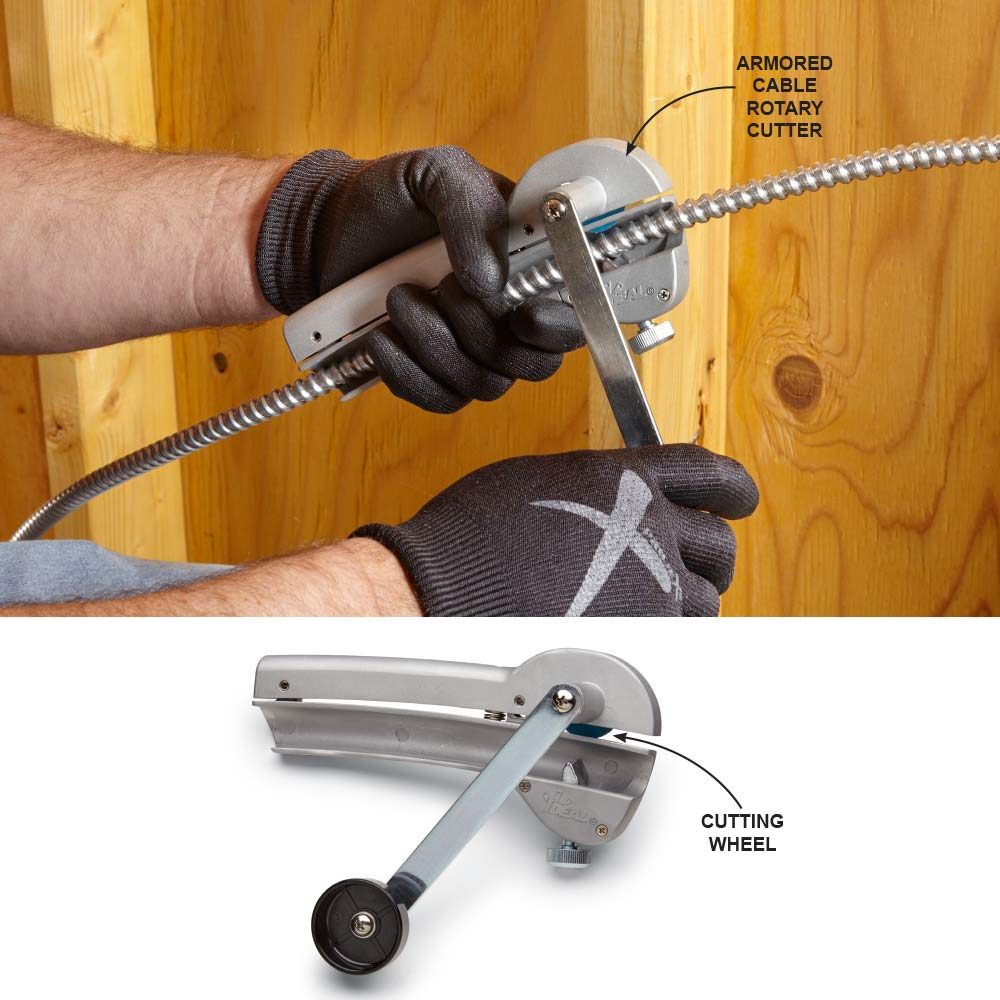After the first day I was able to get over some of my newbie jitters and get a rhythm going. What follows is what became my basic tool set at the end of the first week as an electrical helper. My next posts will be about the actual work that I did during the first week.

All of the tools I used during my first week as an electrician
These lineman pliers are used for just about everything: prying off tabs from metal boxes, hammering, and of course cutting.

Lineman side cutting pliers
This 10 pocket tool pouch holds everything I need at the moment.

McGuire-Nicholas electrician tool pouch
The Klein 11-in-1 screwdriver/nut driver is just what it says it is, eleven tools in one.
* Integrated screwdriver and nut driver shaft holds 8 popular tips and converts to 3 nut driver sizes* Includes industrial strength heat treated bits: 3/8-inch, 5/16-inch and 1/4-inch nut drivers, #1 and #2 Phillips, 1/4-inch and 3/16-inch slotted, T10 and T15 TORX®, and #1 and #2 square recess

11 in 1 screwdriver/nutdriver
Channel locks are used for tightening down couplings and connectors.

A set of channel locks
I used the Klein demolition screwdriver to pry off some random drywall.

4″ demolition screwdriver
The tool I used most of the first two days is the conduit reaming tool. When a piece of conduit is cut, there are ragged edges left over. The reamer gets inserted into the end of the conduit. By twisting the reamer back and forth, the rough edge is smoothed out allowing for a better fit with couplings and box connectors.

Conduit reaming tool
Torpedo level with four magnets for sticking to conduit:

A magnetic “torpedo” level
The nuts used on most things last week were 1/4″-20 hex nuts. The 7/16″ nut driver works with this size nut. I had to buy one after work one night after realizing that I would need it for what I was going to be doing the next day: turning and tightening a lot of 1/4″-20 hex nuts. The other electricians call this tool a “brown dot” because of the color of the circle at the end of the tool.

A 7/16″ nut driver, AKA “brown dot”
The 3/8″ nut driver is used for tightening down pretty much everything else. The other electricians call this tool a “blue dot” because of the color of the circle at the end of the tool.

A 3/8″ nut driver, AKA “blue dot”
I used this folding razor blade knife for cutting the tops off boxes and the tape off of bundles of conduit.

Folding razor-blade knife
A magnetic tipped measuring tape is another tool that I used the most during the first few days.

FatMax 25′ magentic tape measure
And lastly, a Shapie for marking where cuts will go on conduit and rods.

Basic black Sharpie marker
Next week I will begin pulling wire. For that job I will need to add more tools. When that happens, I will update my bag and this post.


